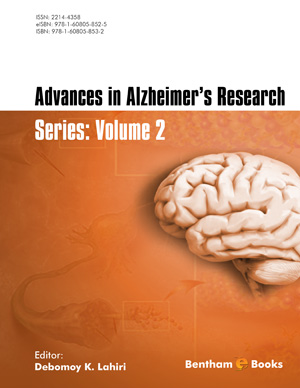Abstract
Several neurodegenerative diseases, including Alzheimer's, Parkinson's, Huntington's, and prion diseases, are characterized by intra- and/or extracellular deposition of fibrillar proteinaceous aggregates, and by extensive, neuron loss. Related non-neuropathic systemic diseases, e.g., light-chain and senile systemic amyloidoses, and other organ-specific diseases, such as dialysis-related amyloidosis and type-2 diabetes, also are characterized by deposition of aggregated proteins. It is debated whether these hallmark lesions are causative. Substantial evidence suggests that the aggregates are the end state of protein misfolding whereas the actual culprits likely are transient, non-fibrillar assemblies preceding the aggregates. The non-fibrillar, oligomeric assemblies are believed to initiate pathogenesis, leading to synaptic dysfunction, neuron loss, and pathognomonic brain atrophy. It is hypothesized that nonfibrillar assemblies or fibril-derived fragments may promote anatomical progression of pathology, or even disease transmissibility, akin to misfolded prions.
Amyloid β-protein (Aβ), which is believed to cause Alzheimer's disease, is considered an archetypal amyloidogenic protein. Intense studies have led to nominal, functional, and structural descriptions of oligomeric Aβ assemblies. However, the dynamic and metastable nature of Aβ oligomers renders their study difficult. Different results generated using different methodologies under different experimental settings further complicate this complex area of research and identification of the exact pathogenic assemblies in vivo seems daunting.
In this chapter we review structural, functional, and biological experiments used to produce and study non-fibrillar Aβ assemblies, and highlight similar studies of proteins involved in related diseases. We discuss challenges that contemporary researchers are facing and future research prospects in this demanding, yet highly important, field.






















